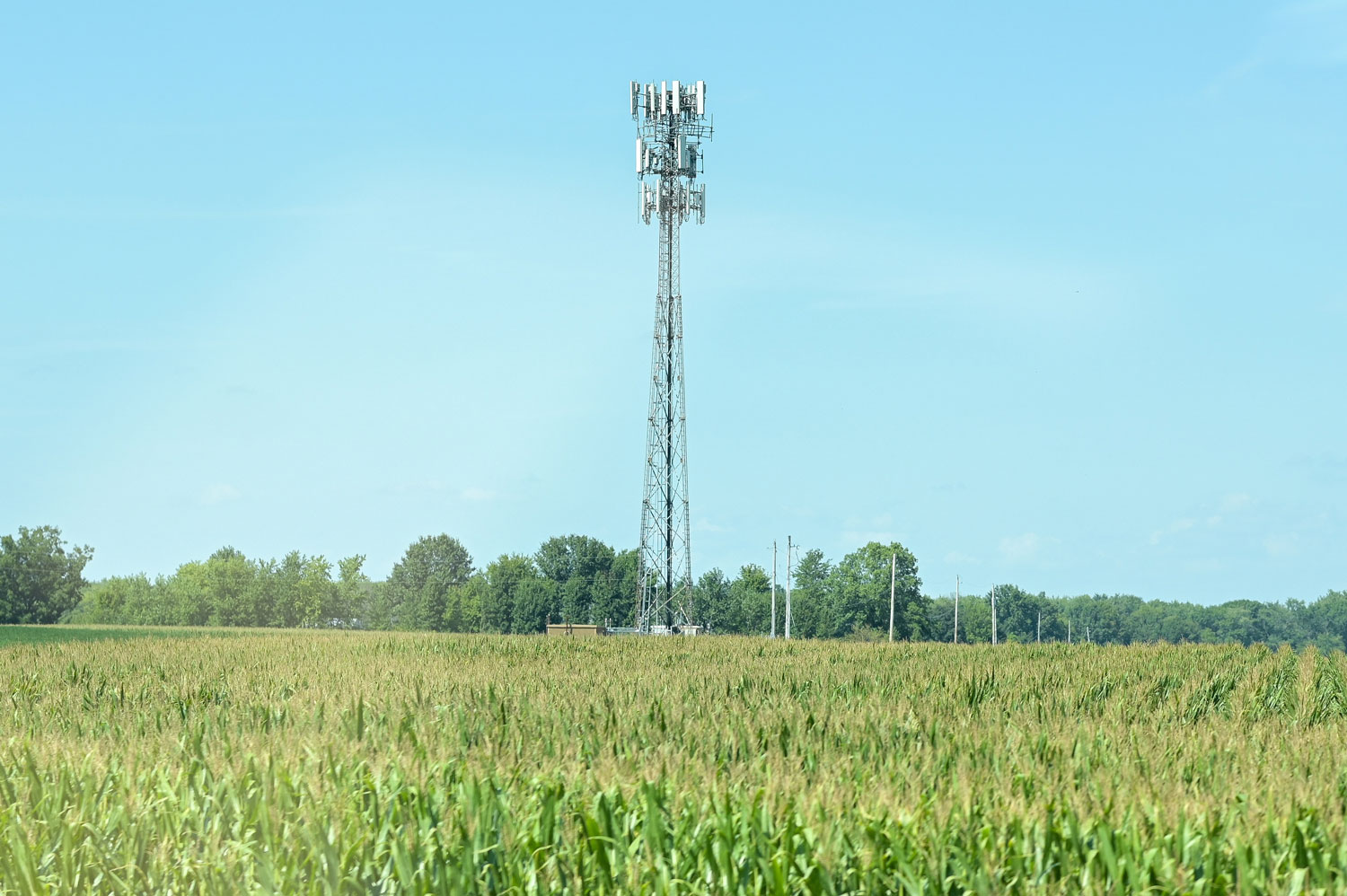A year on since the Product Security Telecommunications Infrastructure Act 2022 (PSTIA) was introduced to law, aimed at reigning in the number of disputes between telecoms firms and landowners. With changes continuing to come into force, here’s what you need to know:
A brief history of the Electronic Communications Code
It has been more than six years since the current iteration of the Electronic Communications Code, and in that time the world has moved on, with technologies covered by the Code continuing to push the boundaries of its remit.
Set out in the Communications Act 2003, the Code is a set of rights designed to facilitate the installation and maintenance of communications networks, notably in relation to apparatus on, under and over land with the intention of simplifying legal procedures.
These updates were introduced by the government in 2017, in part to accelerate the rollout of 5G – for example enabling mobile phone operators to erect infrastructure such as masts on land and rooftops, with only limited defences being available to landowners. Principally, operators need to meet the “public benefit test” in order to be granted Code rights.
Landowners and disputes – introducing the PSTIA
But whilst the amendments were intended to reduce the number of disputes arising, the opposite has since occurred, owing to issues in the drafting of the legislation which have led to uncertainty and confusion for operators and landowners alike.
This has also arguably seen a power shift towards landowners, with a continuing series of high-profile telecoms disputes in recent years seemingly disrupting the unfettered statutory powers that operators may have been expecting from the Code.
In an effort to plug the gaps in the Code, a number of provisions were introduced when the PSTIA received Royal Assent on 6 December 2022, with more continuing to be implemented during the Act’s gradual rollout. This included matters relating to flying lines from apparatus kept by another party, upgrading and sharing apparatus and refusing Code rights on grounds of national security.
Latest changes
In November 2023, Section 69 of the PSTIA was introduced, imposing a duty on operators to consider utilising alternative dispute resolution (ADR) before making applications to the courts, with cost penalties a potential outcome for those that do not do so.
An important update for landowners, ADR gives them more opportunity to argue their case outside of a court process and to work with operators on mutually beneficial solutions when they reach an impasse.
Not all the amendments are as favourable to landowners, however, with an impending amendment (Section 67) set to create a new route for operators to obtain Code rights from the courts if a landowner is repeatedly unresponsive to requests for such rights.
Simon McIlroy, Legal Director in the Thrings Property Litigation team, said: “It is clear that many aspects of the current Code have not been working, for operators and landowners alike. The
government hopes that the PSTIA will eliminate some of these issues and if that does happen, we may start to see a faster rollout of telecommunications infrastructure.
“For affected landowners it is now more important than ever to seek advice at an early stage, to understand your rights and obligations in a complex area of law. Landowners should welcome and engage with the increased focus on alternative dispute resolution in Code matters, which I expect operators will take very seriously.”
Thrings’ Property Litigation lawyers are experienced in reaching resolution in property disputes, often without recourse to court proceedings, and with an excellent track record when cases do go to Court. To find out more, get in contact.


